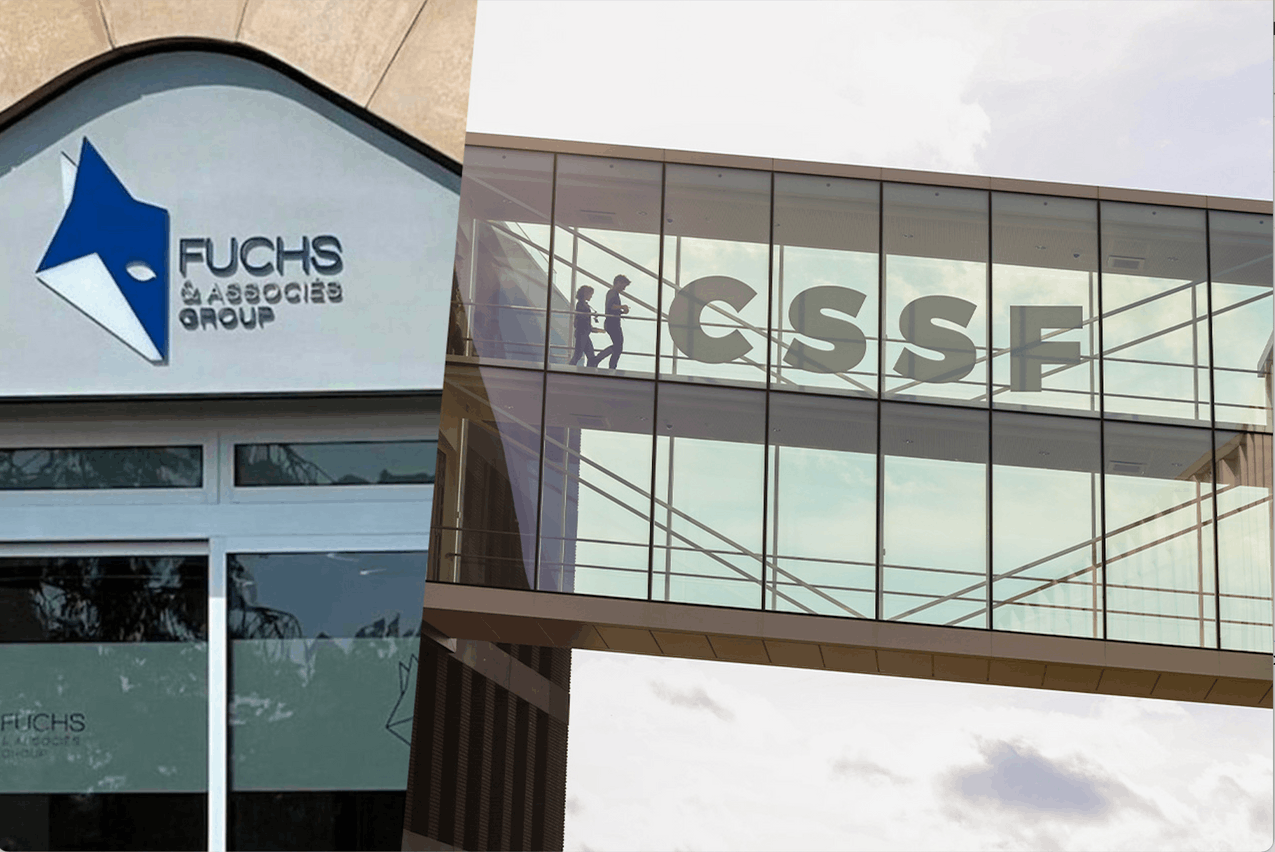Following the announcement that investment firm , the Commission de Surveillance du Secteur Financier (CSSF) said that the liquidation of the firm would activate the Luxembourg investor compensation scheme.
What is the investor compensation scheme?
The aim of the scheme is to cover, in the event of default, the “eligible” clients of banks, investment firms, management companies and fund managers “whose authorisation extends to the provision of investment portfolio management services on an individualised and discretionary basis.” It is activated automatically in the event of the liquidation of one of these institutions.
Which clients are ineligible?
Excluded from compensation are professional and/or institutional investors such as Ucits or financial institutions; legal entities other than SMEs; investors with a link (direct or indirect) with the company in liquidation; and anybody convicted of an offence relating to money laundering or terrorist financing.
What is covered?
Compensation can be up to €20,000 per person and per company. This does not include the loss of the market value of financial instruments.
It should be noted that deposits are not covered by the scheme itself, but by the Luxembourg deposit guarantee fund (FGDL).
As the CSSF explains to Delano’s sister publication, Paperjam: “The funds covered by the system include money that a client has given to an investment firm with a view to investing in securities, dividends or interest that are owed to a client, but which the investment firm has not yet transferred to a bank account belonging to the client--or more generally sums that the investment firm owes to a client in direct connection with an investment service.”
In concrete terms, who can be covered in the case of Fuchs & Associés Finance?
“Fuchs & Associés Finance does not hold its clients’ assets,” the CSSF explains. Rather, these were held “with banks or other investment firms, in securities accounts or cash accounts in the client’s name.”
According to Laurent Goergen, head of depositor and investor protection at the CSSF, this means that the risk to the clients of the asset manager in liquidation is low. “Clients will continue to have their deposits in the bank. Management mandates will simply be cut off.”
What steps should be taken to recover assets?
“In the first instance, investors are required to request the return of their assets from the investment firm in liquidation,” explains the CSSF.
“If it turns out that assets have gone missing and the company is unable to repay investors for financial reasons, then investors can contact [the investor compensation scheme].”
How can they do so?
By email: [email protected].
By post: Council for the protection of depositors and investors, CSSF / 283, route d’Arlon / L-2991 Luxembourg
The CSSF will then provide a dedicated form, which must be completed and submitted within ten years from the date of liquidation.
Are there any other steps to be taken?
“Customers are invited to declare all their claims, including those that may be covered by [the scheme], at the registry of the Tribunal d’arrondissement de Luxembourg by 5pm on 19 January 2024 at the latest [for those pertaining to the Fuchs case]. If the claims not covered by [the scheme] prove valid, customers may receive a liquidation dividend.”
How is the scheme financed?
The scheme does not have a reserve, but is financed “ex post.” This is done by the 167 institutions it covers, which are (by law) also its members.
In the event of a liquidation that gives rise to the repayment of clients, each member must therefore put its hand in its pocket “in proportion to the assets held.”
Does this happen often?
No. Since its creation in 2015 (replacing the Association pour la garantie des dépôts Luxembourg, or AGDL), the scheme has only been activated five times. The most recent was in February, with .
Of these five cases, none has yet resulted in a refund.
This article in French in Paperjam. It has been translated and edited for Delano.
